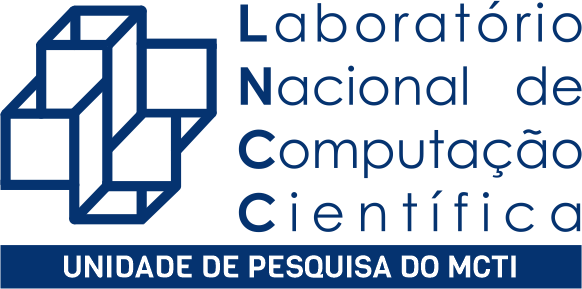EVENTO
Qualitative properties of localized dissipative systems
Tipo de evento: Seminário de Avaliação - Série A
The elimination of noise and vibration effects in elastic structures is an important topic in materials science. The way these structures are built has a direct impact on minimizing the vibration effects. Then, it is important to study structures with more than one type of material, i.e., models in which the dissipative mechanism differs or that acts only on a part of the material.Models describing dissipative systems acting in the whole domain are well-studied and their qualitative properties are well-known. On the other hand, models that exhibit localized dissipative mechanisms demand further studies. When the properties relate to differentiability and analyticity, we have not found works that have heterogeneous domains.For this reason, in this Ph.D. dissertation we focus on working with models that have heterogeneous domains and look for qualitative properties of the solution of the models. In this case, we are concerned with concepts of differentiability and analyticity. First, we assume that the beam is composed of two materials, one of which is an elastic material and the other is a Kelvin-Voigt type viscoelastic material.In the second model, we use the Euler-Bernoulli model to study the vibrations of a beam composed of two components, one of which is a thermoelastic material and the other is a simple elastic material that does not generate dissipation.Using semigroup theory and the tools of functional analysis, we prove that the models are defined by an immediately differentiable semigroup belonging to the Gevrey class. In particular, the models are exponentially stable, have the property of linear stability, and have the property of a smoothing effect on the initial data.The results found for both models are new results that have been accepted in journals with great impact factors. According to our research, these are the first papers in the literature showing this type of qualitative results for models with localized dissipative mechanisms. The qualitative properties found not only represent important results for materials science, but are also significant for working with numerical approximations.Para assistir acesse:Link: meet.google.com/gpt-ihqv-wry
Data Início: 01/09/2022 Hora: 10:00 Data Fim: 01/09/2022 Hora: 12:00
Local: LNCC - Laboratório Nacional de Computação Ciêntifica - Webinar
Aluno: Bruna Thaís Silva Sozzo - -
Orientador: Jaime Edilberto Munoz Rivera - -
Participante Banca Examinadora: Antônio André Novotny - LNCC - LNCC Jaime Edilberto Munoz Rivera - - Maria Grazia Naso - Universitá de Brescia - Valéria Neves Domingues Cavalcanti - -
Suplente Banca Examinadora: Pablo Javier Blanco - Laboratório Nacional de Computação Científica - LNCC


